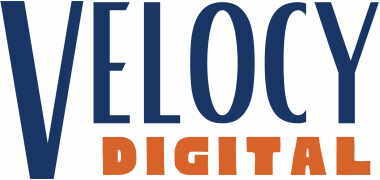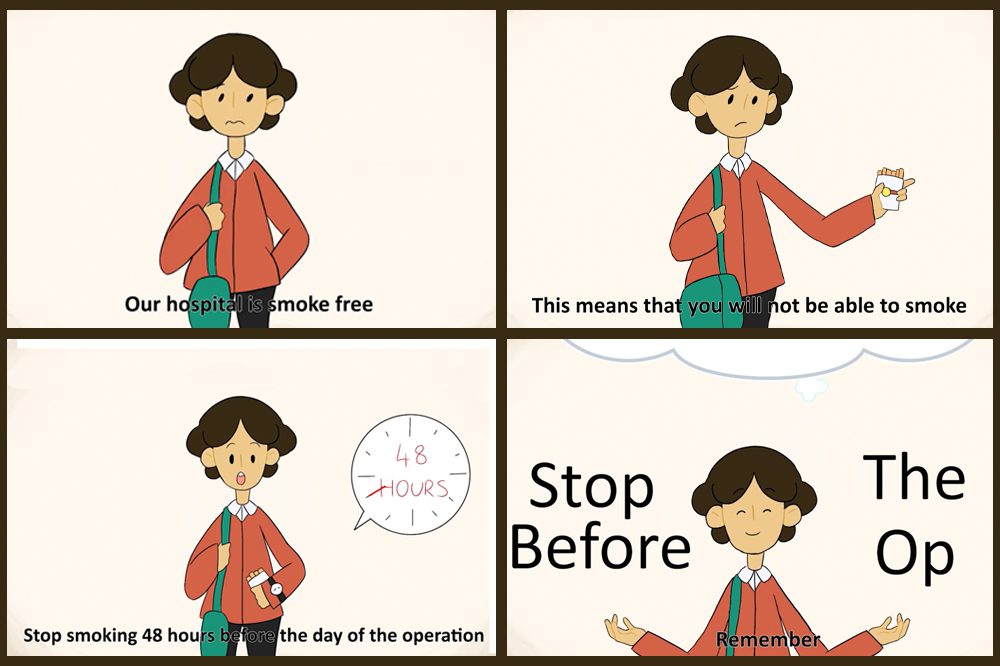Healthcare professionals hand over pamphlets to patients who need details about the care center. These pamphlets usually carry details about pain relief, general anesthesia, deep vein thrombosis, blood transfusion, and many other topics.
The details in the medical pamphlets can get overwhelming for the patient. Also, the poorly educated patients do not understand the importance of these details. Hence face many different problems around comfort and safety during their stay in the hospital.
The majority of the patients feel anxious before the operation. They feel stressed out with all the medical terminologies of the prognosis and medical examinations. Sometimes they are also asked to decide between completing their medical procedures. The team of medical professionals needs their consent for the treatment procedures unless they cannot carry on.
For this reason, only several Healthcare institutes have Run investigations. They have asked the patients to choose between pamphlets and videos. The study unsurprisingly concluded patience prefers videos over pamphlets. Healthcare video production has significantly enhanced information translation.
Patients cannot remember most of the details from their medical appointment. Most of the doctors decide to operate before the actual operation date. At least 3 to 6 months prior. Of course, you cannot expect the patient to retain the details for that long. Especially when they are in pain or have a busy schedule, or are old.
Evidence indicates visual explanations enhance learning. The given study also showed that engaging medical videos are better than any medical professionals’ dull explanation. This way, the patients respond to and remember the details better. This is not unnatural because, as a society, we are more understanding of multimedia.
Making animated videos
Healthcare video productions focus on the experience and safety of the patients while developing the given project. These videos widen the patient’s perspective.
The effortlessly engaging videos help the patients understand the necessary medical details before their surgery. These videos benefit patients who do not have reading abilities due to neurological problems, illiteracy, dyslexia, or other reading or learning disabilities.
The research has shown that the videos are equally distributing the medical information among these patients. The patients also recall these medical details easily.
The animated videos not only engage the patient but also empowers them. They understand which medical procedures are better for them and make decisions accordingly.
But patience is not the only one who is benefiting from these videos. Medical professionals such as consultants, new medical students, nurses, and compounders can easily depend on these animated videos for better patient care.
This is why the idea of these animated videos should be generic and simple. These videos are best if they are kept under the 4 minutes mark.
Conclusion: The preoperative period is supposed to be one of the anxious times for all the patients, as this is the time when they have multiple thoughts running in their minds. However, it is also important for the doctors to gain proper information about the patients. Hence, in this case there is a need for animated videos, which drastically improve the way information gets transmitted.

